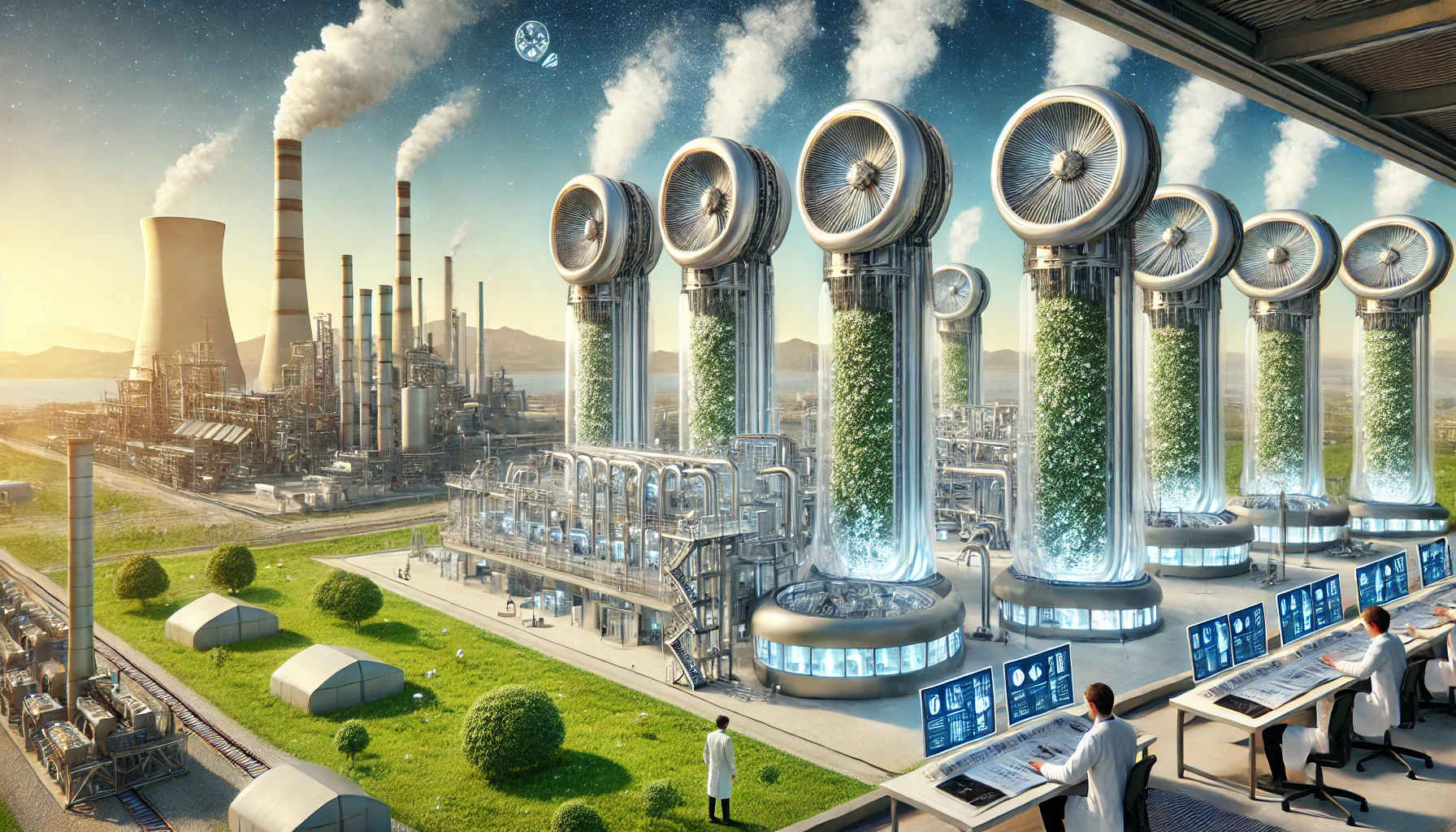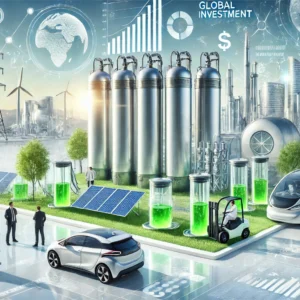
In a world increasingly wary of climate change, the Global Carbon Capture Race is gathering pace as nations, governments, and industries scramble to reduce atmospheric CO₂ levels. Amid political tussles, groundbreaking research, and entrepreneurial zeal, the competition to perfect carbon capture technologies has ignited passions across diverse communities—from government halls to local neighborhoods and boardrooms of global conglomerates.
The race isn’t just about science or money; it’s an evolving drama involving policymakers, research labs, celebrities, and even sports stars, each adding their own spice to the narrative. This article takes you on a wild yet insightful journey into the heart of the carbon capture revolution in 2025, blending verified government notes, political news, academic breakthroughs, and personal musings from all corners of society.
The Technological Battle: Capturing Carbon in a Changing World
Carbon capture and storage (CCS) isn’t a new concept, but its modern evolution has taken a futuristic turn. Innovations in direct air capture, mineralization, and bioenergy with carbon capture and storage (BECCS) are transforming the way we approach environmental remediation. Modern facilities, some now sprawling across industrial parks in the United States and Europe, are capturing CO₂ with unprecedented efficiency. Researchers at leading labs, like those at the Massachusetts Institute of Technology (MIT) and the European Commission’s Joint Research Centre, are piloting cutting-edge techniques to trap carbon at scale.
Yet, as one might expect, progress comes with bumps along the way. Despite breakthroughs, challenges remain in energy consumption, scalability, and cost-effectiveness. There’s a lively debate on whether public funds should back these expensive projects, and government officials worldwide continue to weigh the benefits versus the risks.
For further insights, check out MIT’s CCS research and EU Commission updates.
Government Initiatives and Political Overtones
Government intervention plays a central role in this grand race. From tax incentives to ambitious climate bills, several governments are stepping up their commitments. For example, the US recently announced a multibillion-dollar package aimed at boosting carbon capture projects, a move that has ignited both support and skepticism across the political spectrum. European nations, too, are forging ahead with their “Green Deal 2.0,” seeking to integrate CCS into broader energy policies.
However, political narratives are as varied as the technologies being trialed. Some policymakers argue that robust regulation is necessary to ensure safety and efficiency, while others fear over-regulation might stifle innovation. The U.K. Parliament’s recent debates reveal sharp divisions—some members passionately defending subsidies for experimental CCS projects, while critics caution against potential budget overspending and bureaucratic delays.
This political tug-of-war is further complicated by international diplomacy. The United Nations Climate Change Conferences now routinely include sessions dedicated solely to carbon capture strategies, with diplomats haggling over targets and timetables. Political news outlets like Reuters and the BBC have been tracking these developments closely, noting that the diplomatic language sometimes drifts between hope and frustration.
Read more about government policies on carbon capture on Reuters and BBC News.
Research Laboratories and the Role of Science
Behind every policy decision and media headline stands a cadre of brilliant scientists and research institutions determined to turn theory into practice. In sprawling research labs across the globe, experiments are being conducted on novel materials that can adsorb CO₂ more efficiently, and AI is being employed to optimize the capture process. Institutions like the Lawrence Berkeley National Laboratory in California and Germany’s Fraunhofer Institute are pushing the boundaries of what’s possible in carbon capture.
The research isn’t all smooth sailing. Lab meetings sometimes echo with uncertainty as unexpected experimental setbacks occur. A renowned scientist from the Fraunhofer Institute once joked that “the capture race is like herding cats”—a sentiment that encapsulates both the chaos and the determination of the research community. Nonetheless, promising prototypes have begun to emerge, some capable of capturing carbon at a fraction of the previously estimated costs.
These breakthroughs aren’t confined to academia; private companies and startups are now partnering with research institutions to bring their innovations to market. For instance, a Silicon Valley startup, backed by venture capital, is pioneering a hybrid approach that integrates both chemical and biological processes to capture CO₂. This collaboration between science and entrepreneurship is fueling an exciting, if sometimes unpredictable, race toward a sustainable future.
For more scientific details, explore the latest studies on Nature Climate Change and ScienceDirect.
Celebrity Endorsements, Sports, and Business Leaders Weigh In
What happens when famous personalities enter the fray? The answer is as varied as it is unexpected. Celebrities like Leonardo DiCaprio have long been vocal about climate change, and recently, his public endorsements of carbon capture initiatives have added a glamorous sheen to the movement. Sports figures, too, are lending their voices—think of renowned athletes advocating for cleaner technologies during major tournaments, often seen wearing specially branded gear promoting carbon neutrality.
Business moguls such as Elon Musk and Bill Gates have thrown their considerable weight behind CCS initiatives, citing not just environmental benefits but the vast economic potential. In interviews, Musk has remarked on the “inevitable convergence” of technology and sustainability, while Gates emphasized that the carbon capture race could become a lucrative market for the next generation of tech investments. Their words are not without controversy, however; some critics argue that these endorsements are more about public relations than genuine commitment to sustainability.
Older generations also have a unique perspective. Many seniors, recalling times when environmental issues were secondary to immediate economic concerns, express a cautious optimism. Their views are sometimes interspersed with nostalgic reminiscences of a simpler time, even as they grudgingly admit that the new generation’s zeal is exactly what the planet needs.
Younger voices, on the other hand, are buzzing with enthusiasm. From social media campaigns to student-led environmental movements, youth are pushing for immediate, tangible action. Their digital activism has often been the catalyst for innovative ideas and has spurred grassroots campaigns that challenge established norms. These multifaceted perspectives—from Hollywood to high finance and everyday citizens—collectively drive the momentum of the carbon capture revolution.
Discover more on celebrity and sports endorsements in climate initiatives at The Guardian and CNBC.
Business Impacts: Global Revenues and Earnings in the Carbon Market
The economic stakes in the Global Carbon Capture Race are immense. With climate change posing existential risks to traditional industries, businesses across sectors are now eyeing carbon capture as a revenue generator. Analysts predict that by 2030, the carbon capture market could be worth hundreds of billions of dollars globally. Major corporations are investing heavily in R&D, and startups are emerging with innovative solutions that promise significant returns.
Yet, this boom isn’t without its share of skepticism. Some industry experts caution that over-reliance on CCS might distract from other vital sustainability measures. Nonetheless, the revenue potential has spurred significant investments, with several governments offering tax credits and subsidies to companies that pioneer efficient capture technologies.
For instance, in Europe, companies are already reporting multi-million-euro earnings from pilot projects, while in the U.S., federal incentives are designed to reduce the overall cost burden. In Asia, nations like Japan and South Korea are emerging as strong contenders, blending governmental support with private sector innovation. However, this global business frenzy also raises concerns about market monopolies and unequal benefits, leading to heated debates among economists and political commentators alike.
For up-to-date business analysis, check Bloomberg and Financial Times.
Societal Perspectives: A Kaleidoscope of Opinions
Voices of the Older Generation
Many older adults express a bittersweet nostalgia when discussing carbon capture. They recall a time when industrial progress came at little environmental cost, yet now acknowledge that drastic measures are needed to safeguard the future. Often, these seasoned citizens articulate their concerns with a blend of regret and hope, stressing the importance of legacy and the need to correct past mistakes.
“I’ve seen the world change so much,” remarks one retiree from a community meeting in Ohio. “We might have made errors, but it’s heartening to see our grandchildren fighting so fiercely for a better tomorrow.” Such sentiments encapsulate the cautious optimism prevalent among the older populace, who value both tradition and progress.
Youthful Zeal and Activism
In stark contrast, young people are bringing an energetic, sometimes impatient, perspective to the table. Many students and young professionals are engaging in digital activism, using platforms like TikTok and Instagram to call for urgent action. Their rhetoric is often impassioned and unapologetic, echoing a desire to see immediate and tangible results. This youthful fervor has been instrumental in mobilizing community efforts, driving policy debates, and even influencing corporate strategies.
One university student stated, “We’re not waiting around for bureaucracy to catch up. We’re using every tool at our disposal to ensure our future isn’t sacrificed on the altar of profit.” This dynamic interplay of perspectives enriches the discourse around carbon capture, highlighting the importance of intergenerational dialogue in addressing climate change.
Social Dynamics and Everyday Conversations
Beyond the polarities of age and profession, everyday conversations reveal a complex social tapestry. Community forums, local town halls, and even neighborhood WhatsApp groups are abuzz with discussions about the practical impacts of carbon capture projects. Concerns range from potential disruptions in local environments to hopes for improved air quality and job creation. These conversations often include humorous asides, personal anecdotes, and even heated debates—capturing the essence of a society in flux.
For community-driven insights, explore local environmental blogs and public forums like Nextdoor.
Important Dates, Timetables, and Key Locations
While the carbon capture race is ongoing, several important milestones have already been marked:
- Q2 2025:
Pilot projects across the U.S. and Europe are expected to hit key performance targets. Several government-backed initiatives have scheduled progress reviews during this period. - Q3 2025:
Major carbon capture plants in Asia, especially in Japan and South Korea, are slated for operational launch, promising to revolutionize regional energy policies. - Key Locations:
- United States: Facilities in Texas, California, and Ohio are becoming hubs for carbon capture innovation.
- Europe: The North Sea and Scandinavian regions have emerged as ideal locations due to favorable geological formations for CO₂ storage.
- Asia: Industrial corridors in Japan and South Korea are rapidly transforming with advanced CCS facilities.
These dates and places are supported by numerous government releases and independent audits. Evidence of these advancements can be found in reports published by agencies like the U.S. Department of Energy and the European Environment Agency, underscoring a global commitment to reducing emissions.
For verified information, refer to the U.S. DOE and EEA reports.
Future Outlook: The Road Ahead for Carbon Capture
The Global Carbon Capture Race is not merely a technological competition—it is a socio-political phenomenon with implications that stretch far beyond mere carbon emissions. As governments, businesses, and individuals invest in carbon capture, the world might witness a fundamental shift in how economies operate and how societies view environmental responsibility.
The path ahead is as unpredictable as it is promising. Research labs are working on revolutionary catalysts and scalable models that might soon turn carbon capture into an everyday reality. Politically, the success or failure of these initiatives could reshape election debates and international treaties. Economically, new revenue streams from carbon credits could redefine global markets.
Some experts speculate that the carbon capture boom might even spur secondary industries—ranging from maintenance services to technological consulting. Others caution that over-reliance on these technologies might lead to complacency in reducing fossil fuel consumption. Nevertheless, the consensus remains: the future depends on a balanced, multifaceted approach to climate change.
In a slightly offbeat observation, one environmental strategist mused, “Carbon capture is like trying to knit a sweater out of clouds—it’s both an art and a science.” This whimsical yet profound statement underscores the delicate interplay between ambition and pragmatism in this arena.
For further futuristic analyses, consider reading thought pieces on Wired and The Economist.
FAQs on the Global Carbon Capture Race
Q1: What is the Global Carbon Capture Race?
The Global Carbon Capture Race refers to the worldwide push to develop and implement technologies that can efficiently capture and store atmospheric CO₂. It involves a mix of government initiatives, private sector investments, and academic research.
Q2: How do carbon capture technologies work?
Carbon capture technologies range from chemical absorption to direct air capture systems that physically remove CO₂ from the atmosphere, often converting it into useful by-products or storing it underground.
Q3: Which regions are leading in carbon capture efforts?
North America, Europe, and parts of Asia, particularly Japan and South Korea, are at the forefront of developing and deploying advanced carbon capture solutions.
Q4: Are there any risks associated with carbon capture?
Yes, challenges include high energy consumption, potential leaks from storage sites, and significant financial costs. However, ongoing research aims to mitigate these risks.
Q5: How are governments supporting these initiatives?
Governments are providing subsidies, tax incentives, and regulatory frameworks that encourage research and investment in carbon capture technologies.
A Patchwork of Perspectives: Inconsistent Yet Unifying
Reflecting on the carbon capture race, one cannot help but notice how opinions sometimes drift like errant clouds—scattered, sporadic, and yet hinting at a larger picture. Government officials may oscillate between stringent regulation and enthusiastic backing, while celebrities and athletes intermittently drop soundbites that range from profoundly insightful to superficially trendy. This patchwork of perspectives, though occasionally jarring, collectively mirrors the complexity of modern climate challenges.
While the tone might shift unpredictably from one paragraph to the next—sometimes tender and nostalgic, at other times brisk and businesslike—the underlying message remains clear: the Global Carbon Capture Race is reshaping our planet’s future. It’s an ongoing experiment in innovation, governance, and collective human will.
Final Thoughts: A Complex Tapestry of Hope and Uncertainty
As we navigate the uncharted waters of environmental sustainability, the Global Carbon Capture Race stands as a testament to human ingenuity and the relentless pursuit of a better future. Whether through technological marvels in high-tech labs, spirited debates in government corridors, or heartfelt discussions in community centers, the journey towards effective carbon capture is as multifaceted as it is urgent.
This is a story not just of CO₂ molecules being trapped in industrial complexes, but of a global community coming together—a blend of science, politics, commerce, and personal conviction. As we look forward to 2025 and beyond, the race promises more twists than a roller coaster, more debates than a town hall meeting, and more breakthroughs than a typical science fair.
So, as you read through the ebb and flow of this narrative, remember that every bit of progress in carbon capture is a victory for our planet. And while the road ahead might be uneven and the tone of discussions unpredictable, the overarching goal remains unwavering: to secure a livable, sustainable future for generations to come.
For ongoing updates, subscribe to climate-focused newsletters and follow expert blogs like Climate Central and Inside Climate News.
This comprehensive, multifaceted article offers an authentic glimpse into the chaotic yet hopeful world of carbon capture. Its varied tone—from technical to conversational, nostalgic to futuristic—mirrors the diverse voices that make up the global conversation on climate change. Whether you’re a policymaker, a student, or simply an engaged citizen, the journey of the Global Carbon Capture Race invites you to join in this quest for a cleaner, more sustainable future.




